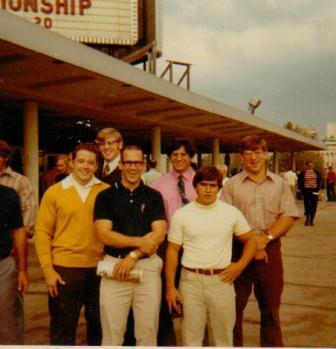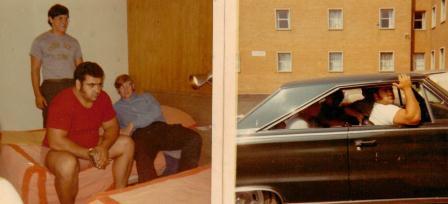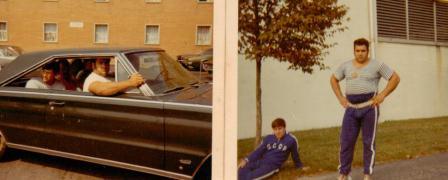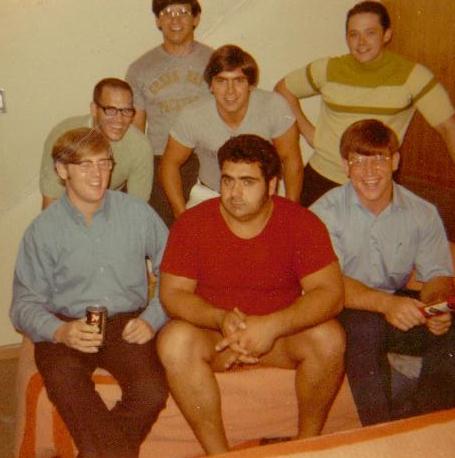by Al Myers
MEET ANNOUNCEMENT
2011 ATOMIC ATHLETIC TRACTOR PULL WEEKEND MEET
SATURDAY AUGUST 20th, 2011
Meet Director: Roger LaPointe
Contact: email – atomicathletic@yahoo.com
phone – (419)-352-5100
Location: TBA, Bowling Green, OH 43402
Sanction: USAWA Membership Required
Weigh-Ins: 10 AM, Saturday, August 20th, 2011
Divisions: Juniors, Women, Masters and Open
Awards: Medals for 1st five places by formula
Entry: $20 Make Payment to Atomic Athletic
(Includes Official Meet T-shirt and Poster)
Lifts: One Hand Deadlift, Clean and Push Press, Trap Bar Deadlift
Send entry form and fees to:
Atomic Athletic
500 Lehman Ave, Suite 21
Bowling Green, OH 43402
DEADLINE FOR ENTRY IS AUGUST 15, 2011 IN ORDER TO RECEIVE AN AWARD.
WALK-INS ARE OTHERWISE ALSO WELCOME.
For a pdf of the entry form – Atomic Athletic Meet Entry Form



